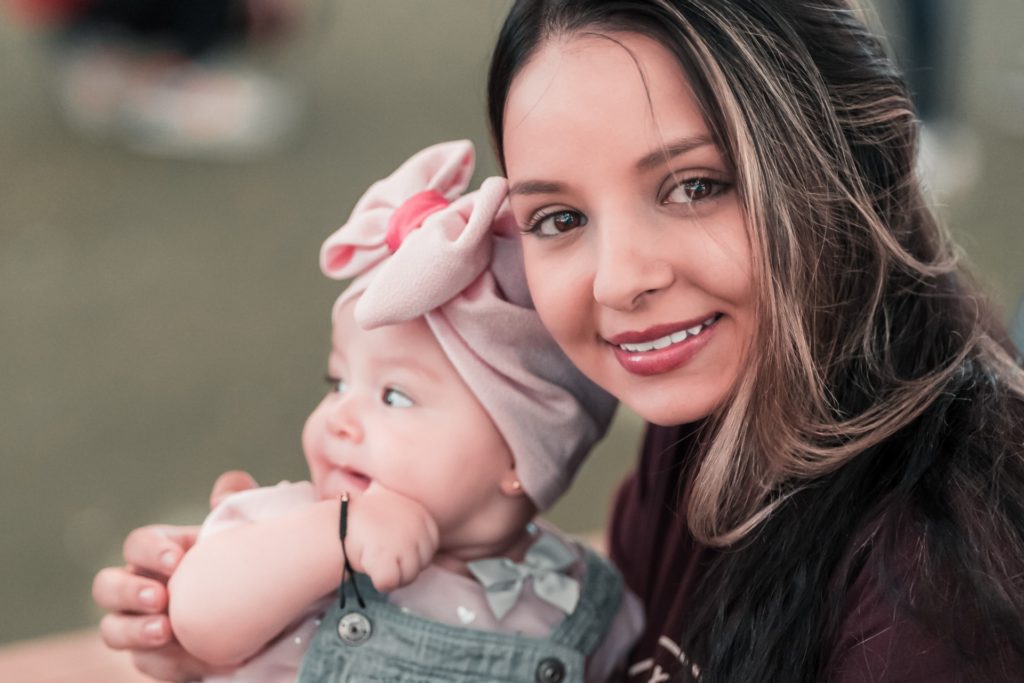Length of time: 90 seconds
Writing Standards according to NAEYC: When looking for ways to develop the hand muscle so that your child’s hand is better equipped to handle all the writing that they will be doing in the classroom in the future, it is important to realize that simple things at each stage of early childhood can help.
Birth through 6 months:
- Of all the things a baby could look at, the baby would most like to look at people, especially up close and face to face.
- Black and white checker boards are a favorite along with bright colors. Babies can reach, be fascinated with what their hands and feet can do, lift their heads, turn their heads toward sounds, put things in their mouths, and much more.
Good toys for your infant could be:
- Things they can reach for, hold, cusk on, shake, make noise with – rattles, large rings, squeeze toys, teething toys, soft dolls, textured balls, and vinyl and board books
- Things to listen to – books with nursery rhymes and poems and recordings of lullabies and simple songs
- Things to look at – pictures of faces hung so your baby can see them and unbreakable mirrors.
Here are some examples of what could be done for young children 7-12 months:
Older babies are movers – typically they go from rolling over and sitting to scooting, bouncing, creeping, pulling themselves up, and standing. They understand their own names and other common words, can identify body parts, find hidden objects, and put things in and out of containers.
Good toys for 7-12 month old:
- Things to play pretend with – baby dolls, puppets, plastic and wood vehicles with wheels, and water toys
- Things to drop and take out – plastic bowls, large beads, balls, and nesting toys
- Things to build with – large soft blocks and wooden cubes
- Things to use their large muscles with – large balls, push and pull toys, and low, soft thing to crawl over.


